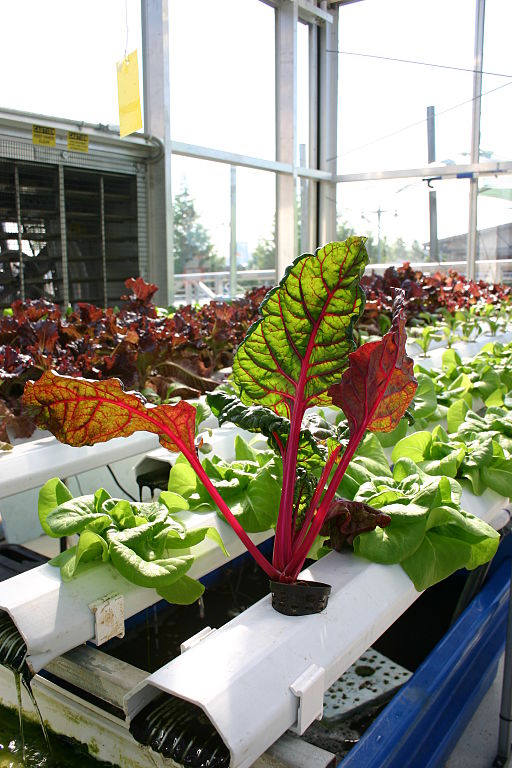
San Francisco Restaurant the Perennial Is Facing Climate Change Head-On
In the quest to shave off distance from field to plate, today’s chefs and restaurants have devised a range of creative solutions–from growing tomatoes on their own rooftops to sourcing fruit from their customers’ backyards.
The Perennial, a soon-to-open San Francisco eatery, plans to take the business of local sourcing several steps further. Many of the greens and herbs the restaurant serves will be grown in a closed-loop aquaponic system based across the Bay in Oakland. And when chef Chris Kiyuna wants to serve say, some sorrel or sprigs of purple basil, he’ll be able to harvest them from the “living pantry”–an area of the restaurant where the greens will float until just moments before they’re served.
November 11, 2014 | Source: Civil Eats | by Twilight Greenaway
In the quest to shave off distance from field to plate, today’s chefs and restaurants have devised a range of creative solutions–from growing tomatoes on their own rooftops to sourcing fruit from their customers’ backyards.
The Perennial, a soon-to-open San Francisco eatery, plans to take the business of local sourcing several steps further. Many of the greens and herbs the restaurant serves will be grown in a closed-loop aquaponic system based across the Bay in Oakland. And when chef Chris Kiyuna wants to serve say, some sorrel or sprigs of purple basil, he’ll be able to harvest them from the “living pantry”–an area of the restaurant where the greens will float until just moments before they’re served.
Karen Leibowitz, one of the three co-founders of the Perennial, along with her husband Anthony Myint and Chef Kiyuna, has been eating the greens recently, as they prepare to open the restaurant. “They’re sort of beautiful,” she says. “The roots are really long and almost clear.”
In an aquaponic system, fish and vegetables co-exist in a delicate, symbiotic cycle. In this case, the bulk of the Perennial’s food waste will go into creating feed for catfish and sturgeon, whose waste will in turn nourish the greens in an age-old combination of water-filtration and fertilization.
The benefits of aquaponics are many. For one, the greens taste better than they might in a traditional hydroponic system, which involves using high-doses of synthetic fertilizers. Not only are they as fresh as possible, but, according to Leibowitz, “the water-based system with micro-organisms gives them a much fuller flavor palette than a single chemical fertilizer system would.”
